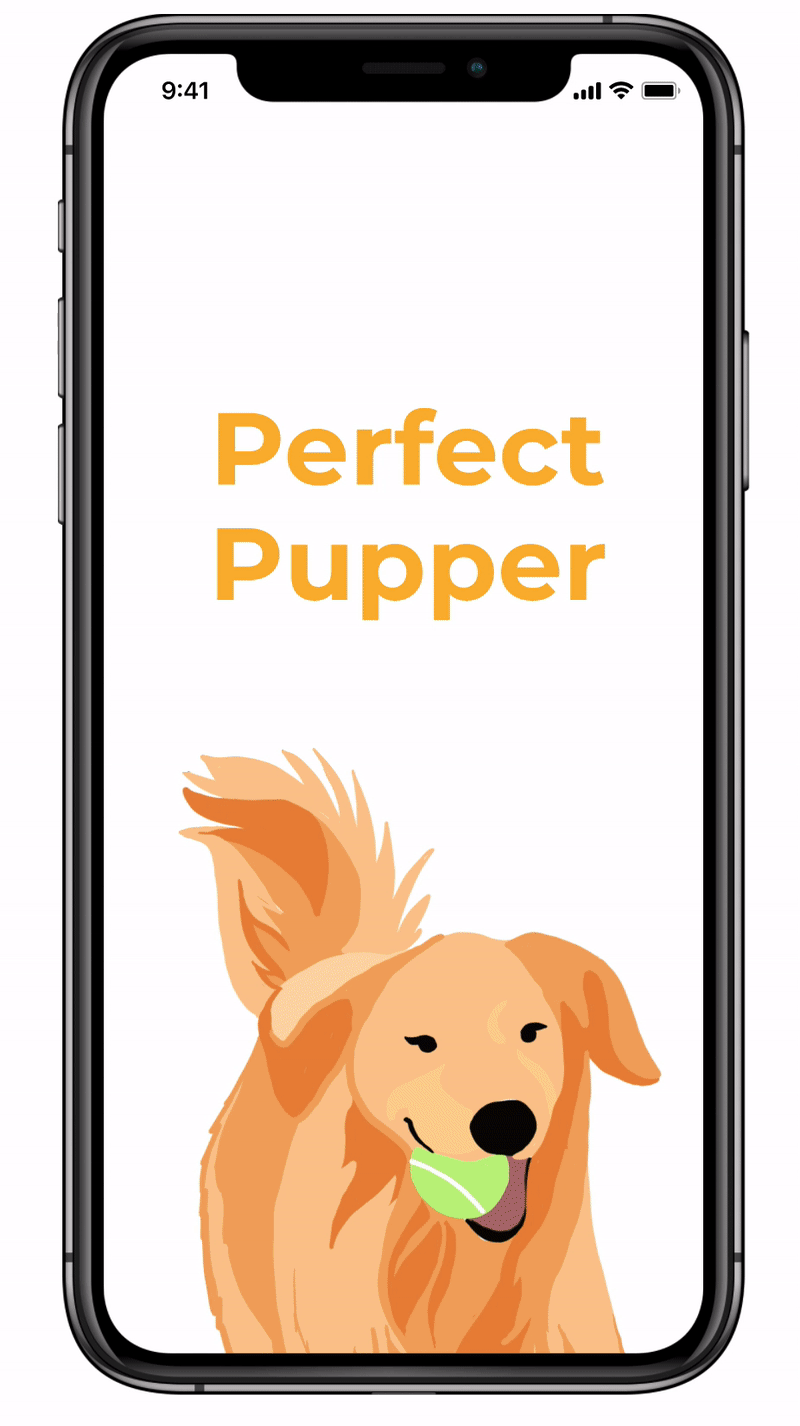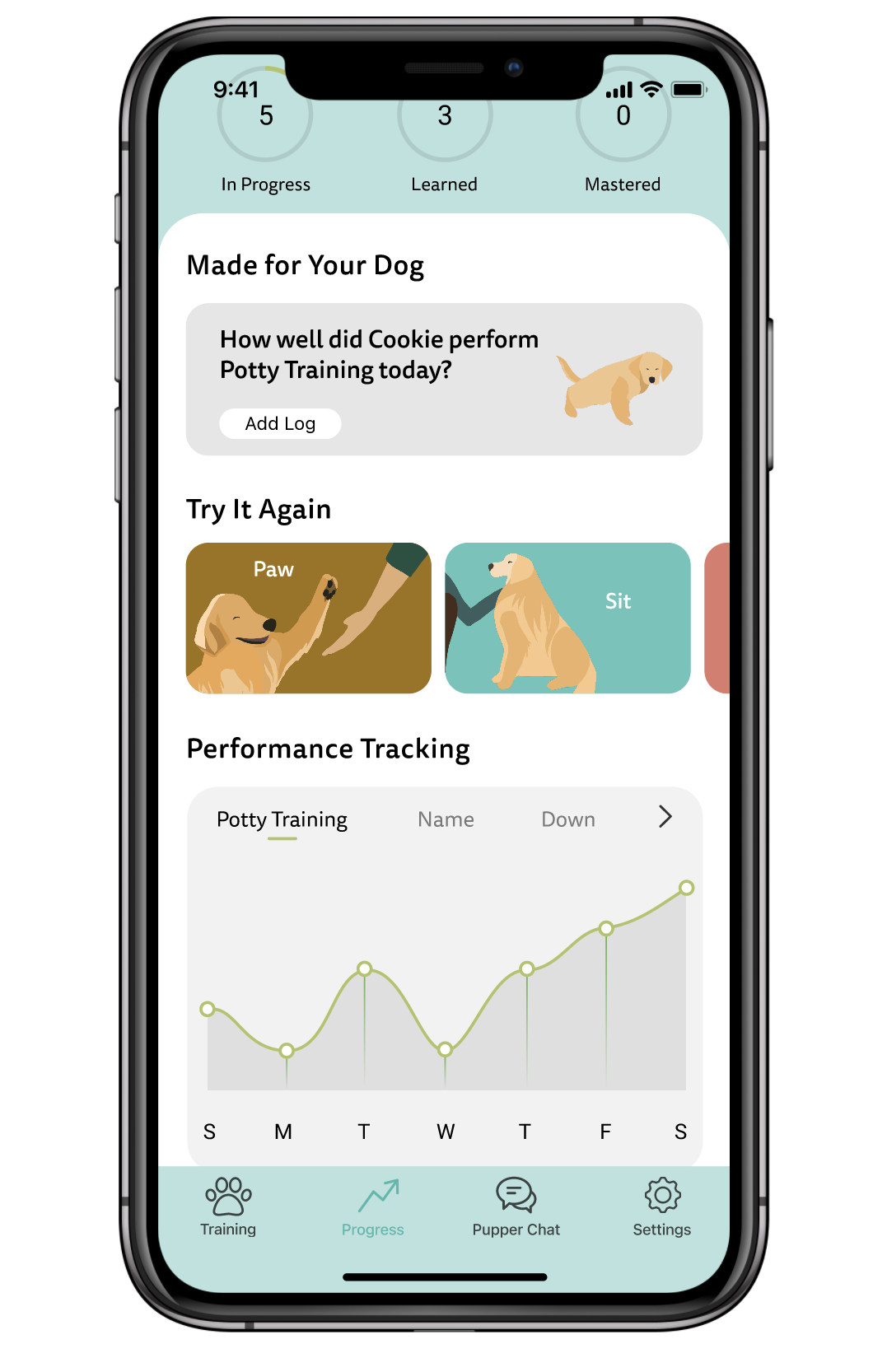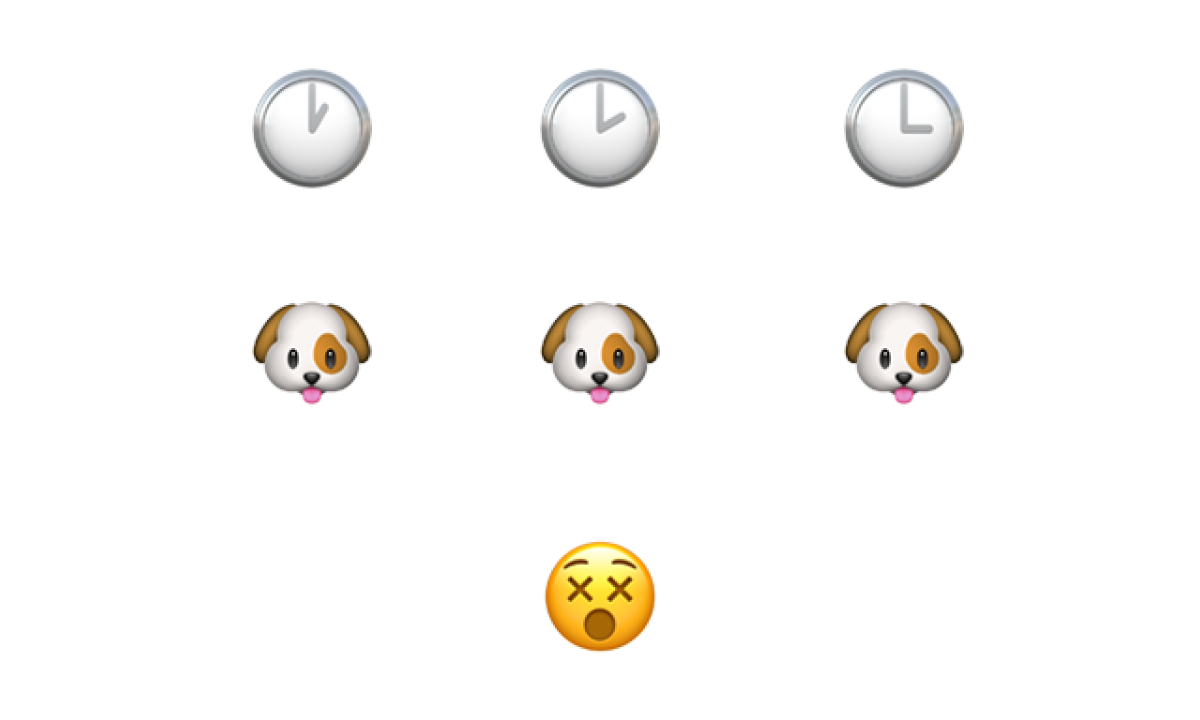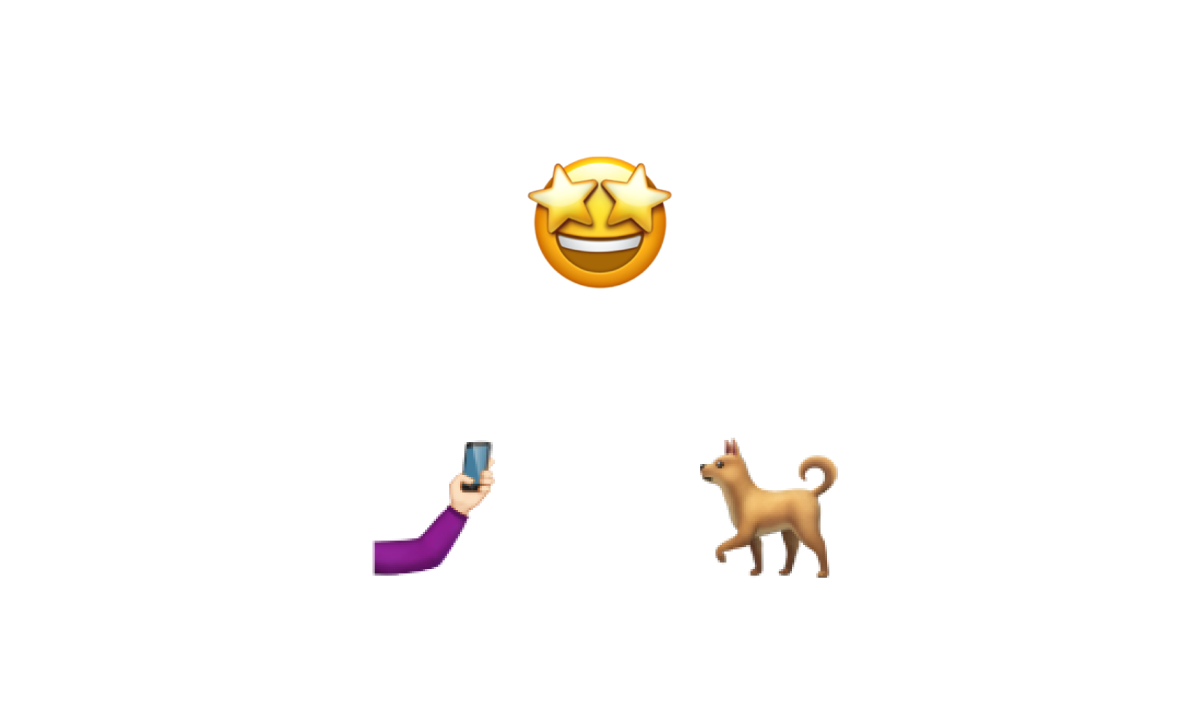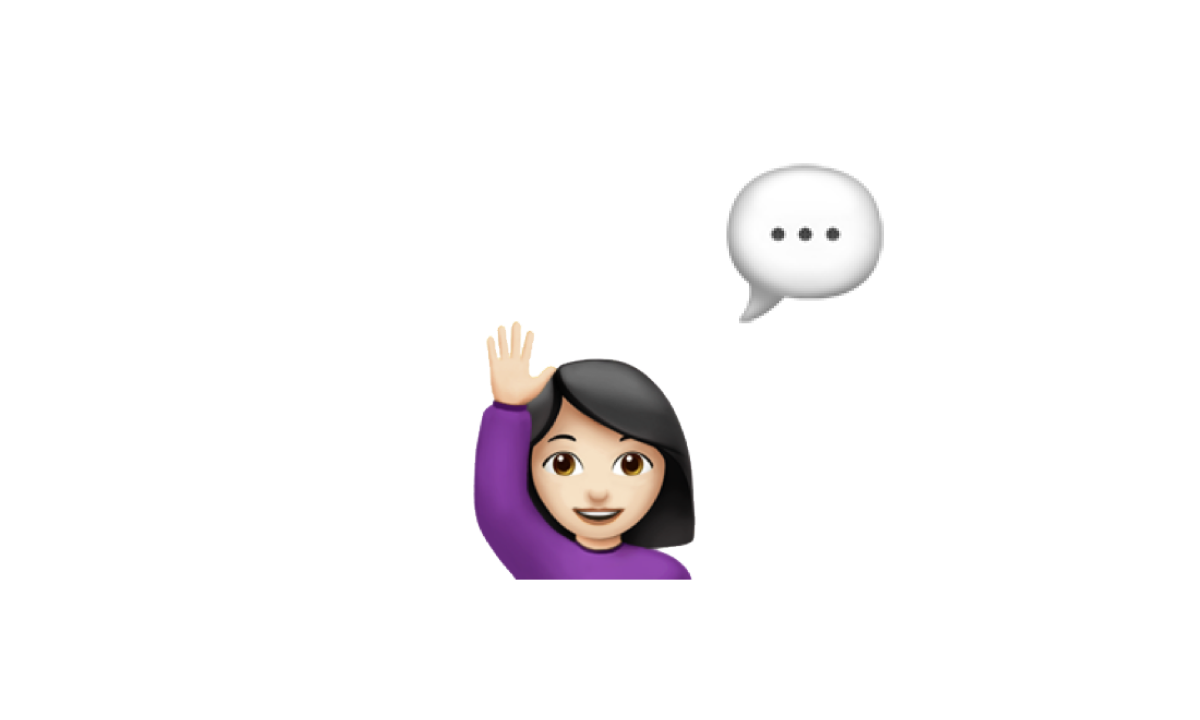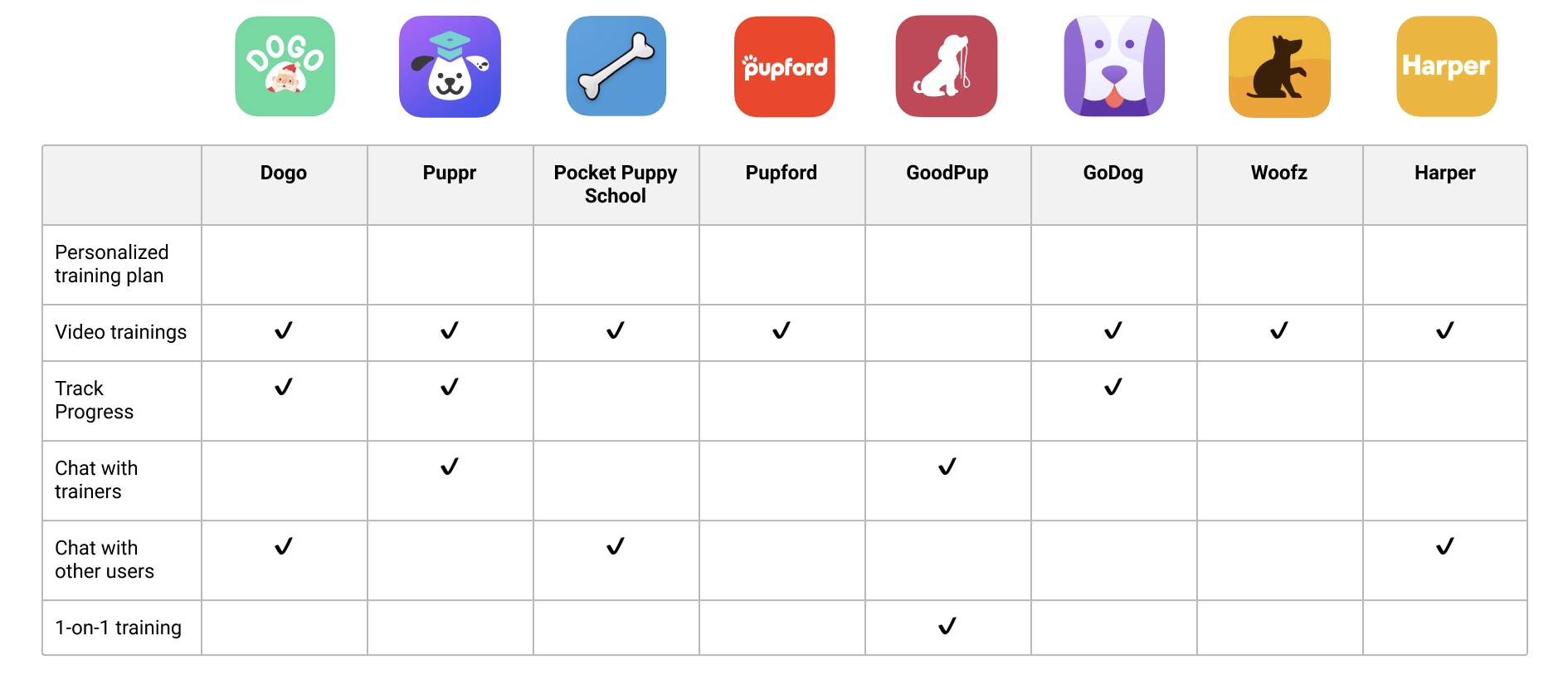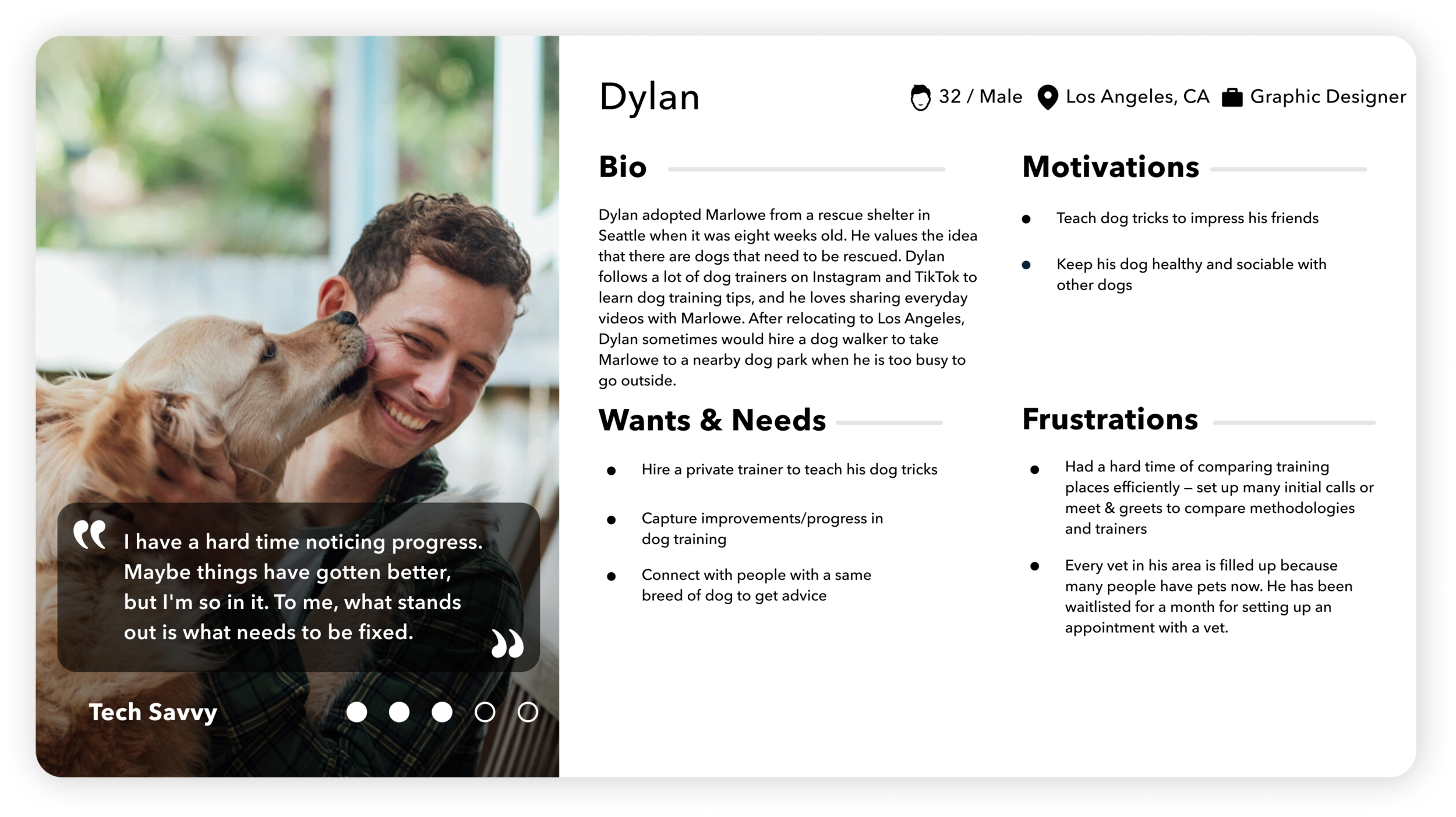
Digital Service Design
Perfect Pupper
Perfect Pupper is a digital service app that provides dog owners with an easy, intuitive way to learn how to train their dogs. Perfect Pupper provides step-by-step training videos, helps track learning progress, and offers a subscription plan to unlock unique advanced training videos and chat with certified trainers.
CONTEXT
Digital Service Innovation
Carnegie Mellon University
Oct — Dec 2021 (7 weeks)
TEAM
Shruti Prasanth
Lulin Shan
Indra Tjhai
MY ROLE
User Research ( 3 interviews)
Concept Development
UI/UX Design
Mobile Prototype
TOOLS
Figma, Photoshop, Premiere
Project Objective
We were tasked with envisioning, designing, and prototyping the minimum viable product (MVP) for an innovative start-up company that offers a digital service.
Our group set out to address some of the main problems of raising pets and dogs because it was of common interest. We’ve recently seen many friends and families get dogs during the pandemic. We thought it was an exciting topic to design a service around.
Project Outcome
Perfect Pupper is a dog training and progress tracking app specialized for your training goals
Onboarding
A series of questions asking people information about their dogs, their experience in dog training, and training goals.
Personalized Training Courses
A personalized sequence of easy-to-follow video tutorials- so you know exactly what to watch and teach your dog next.
Performance Tracking
A performance tracking dashboard that allows you to track your dog’s learning progress and builds confidence in yourself as the owner.
Chat with Community & Trainers
A chat feature to connect you with the online dog owner community to share your dog videos. Users can unlock personal chat with certified dog trainers after subscribing to the service.
The Process
🌟 Inspiration
Since the beginning of the pandemic, nearly 23 million American households have acquired a pet, and 90% of them are dogs. Recent research shows that more than half of new owners of pandemic dogs are first-time owners.
Since Shruti has a dog herself, she felt as well based on personal experience, that there still doesn’t exist a type of service that could help her know what to teach and train her dog. It’s a lot of learning on your own and figuring things out based on talking to other owners, and spending countless time on the Internet. As a group, we were interested in coming up with a service that could cut a lot of the struggle finding what to teach, and figuring it out how to teach it, in order to raise the perfect pupper.
📝 Explore & Research
What are the unmet needs of new dog owners?
What are the challenges in dog raising and training?
Through talking with dog owners at the dog park and conducting 5 directed storytelling sessions with friends and family members with dogs, we were enlightened about their training experiences, problems they are facing, and experiences in visiting the vet. These categories would help us narrow down some of the digital service features.

“It's more training you than training your dog. Service teaches you some ideas for how to communicate with your dog, but you have to do the communication.”
— Dog Owner @ Frick Park
Field Research
To gain some insights and get out into the field, we went to Frick Park on a Sunday evening to validate our initial ideas with dog owners. The validation was conducted in a format of semi-structured interviews, in which we prompted what they would do in different stages of training their dogs.
Frick park, Pittsburgh
User Interviews
Our team conducted 5 semi-structured interviews to better understand the challenges in dog raising and training.
Our participants were friends and family members with dogs. Participants discussed how they got their puppy, how they went about feeding, beginning training, and reacting during different situations. Notes from the interviews were analyzed using affinity mapping in Miro.
emerging themes from interview findings
💭 Key Research Insights
FINDING #1
Consistency is key to dog training.
The majority of dog owners we interviewed reported potty training as the most challenging. Taking their dog outside every couple of hours demands a lot of time and patience.
“You can't just do it once and expect them to learn it.”
— owner of a Coonhound Lab Mix
FINDING #2
Difficulty in noticing learning progress
When asked about the most challenging part of dog training, most participants mentioned they had a hard time monitoring progress.
“Maybe things have gotten better, but I'm so in it. Sometimes all I see are just the negatives. To me, what stands out is what needs to be fixed.”
— owner of an American Foxhound
FINDING #3
Prefer training delivery via mobile
All the dog owners we interviewed prefer training content delivered through mobile apps. They said it would help them focus on training while taking dogs out.
“A mobile app would be good because a lot of training focuses on taking the dog outside, not just training in the house.”
— owner of an English Cocker Spaniel
FINDING #4
Value the expertise and community support
All the first-time dog owners mentioned they sought help from online videos, professional trainers, and others with the same breed of dogs.
“I wish there would be a tool that allows me to interact with other dog owners to share tips and consult with a live person if I have questions.”
— owner of two Standard Poodles
🔍 Investigating Market Landscape
Based on analyzing the existing dog training app market, we identified product opportunity gaps (POG) as a personalized training plan based on each owner’s experience and training goals, the ability to track progress, and chat with certified trainers.
👥 Target Users
Building personas help us to identify the main pain points we want to solve in the MVP for our project. With the primary persona identified, we are able to align on who we are designing for and whose needs we want to address first.
Primary Persona
Secondary Persona
💡 Ideation
How might we design a digital service that helps dog owners in dog raising and training?
Hypothesis
Dog owners want customized training content based on the dog’s age, breed, and obedience level.
Dog owners want a way to keep track of learning progress in dog training.
Dog owners value the advice and help from other dog owners.
Based on research insights, we moved on to ideate the value proposition of our service. We decided to focus on four key features for 1st version of MVP:
Customized training content
Schedule training session
Schedule vet visit
Discussion board
Initial Screens
We sketched initial mobile screens and conducted a feedback session with peers and professors. I drew the onboarding screens that ask first-time users a series of questions about their dogs and their experience in dog training.
MVP1
MVP1 Validation
We used Wizard of Oz to validate MVP1 with dog owners. From the feedback, we learned that users value a clear pathway in dog training – where to start, the progress, and when to move on. Another insight was that people value customized training content based on the dog’s age, breed, obedience level, etc.
Additionally, we learned the challenges as first-time dog owners. Another feedback was the current scope seems too big for an MVP. We planned to narrow down our target users and focus on critical features that could differentiate our service from existing dog training apps.
MVP 1 validation @ Frick park
Revised HMW Statement
How might we design a digital service that helps first-time dog owners
train their dogs and track the progress?
✏️ Design
Hand Sketches
Before prototyping mobile screens, we did a second round of low-fidelity sketches to explore user flow and key screens of the proposed dog training app. This approach allowed us quickly work out ideas and discuss user flow within our group.
MVP2 Validation
We applied the parallel prototyping method in developing MVP2 to try out more design ideas. To evaluate MVP2, we conducted user testing sessions with three interview participants. We showed our wireframes, walked them through user flows, and asked for feedback and opinions.
We learned that:
Participants like how they can track the dog’s training progress. The “Progress” screen was said to be informative and easy to understand.
Participants value the feature of rating dog’s performance after completing each training session.
There was confusion about wordings on several pages.
There was a strong interest in interacting with other dog owners through the app to share tips.
MVP2 key screens for validation
🔀 Value Flow Model
📐 Production & Prototyping
Visual Style
After applying a color system of teal blue to represent learning and education, we added brighter colors like yellow and orange as a contrast to make the UI more colorful and fun.
High-fidelity Prototype
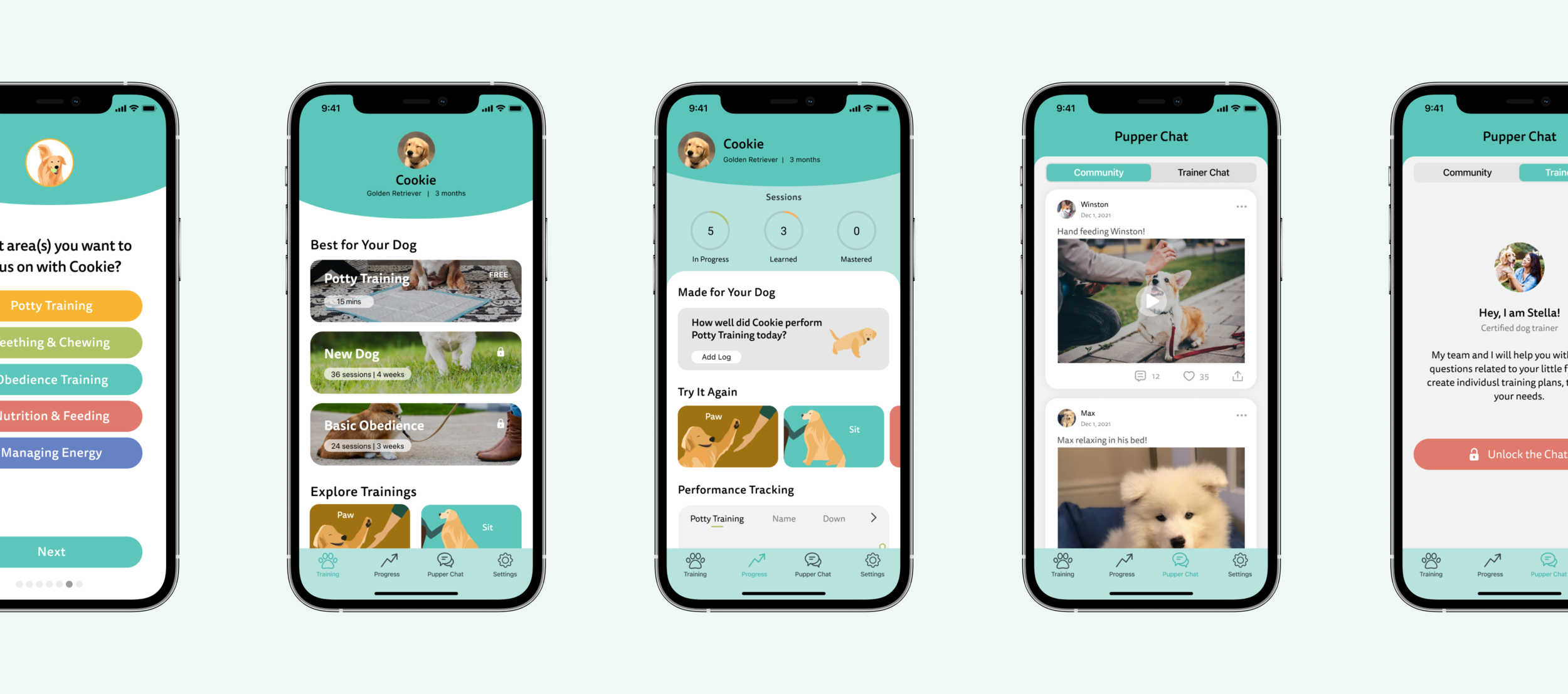
🎞️ Movie Making
movie rough cut
To plan our movie, we first wrote a script, then used still images to sketch out the scenes that work with the narrative, and prepared a movie sketch as a storytelling medium. Through in-class critique session, we learned that:
Make sure it doesn’t feel like two ads when we only intended to show two different user scenarios
Show how users will interact with our app screens
Revise the movie script to be more engaging
final movie
🎨 Poster Design
Poster Version 1
In the first version, we chose to showcase the main screens and then show four icons at the bottom to simply describe the core app features.
Poster Version 2
For our second version, we cut the icons at the bottom to talk only about 3 core ones, and bulleted simply what it does. The biggest phone would feature an exciting moment, like when a training session has been completed.
Final Poster
This ended up being our final printed poster. We used the confetti shapes to be bright and playful and to attract a viewer’s eye to something that makes them feel good, like a celebration.
Investor Showcase
This project culminates in Investor Showcase. Each group pitched its digital services to 6 pairs of investors and seasoned entrepreneurs during the showcase. Investors saw the poster and the movie before attending the Investor Showcase in-person to ask teams questions and hear a short pitch. After meeting all teams, each investor distributed $1M Andrew Bucks among the teams in which they have the greatest confidence.
At the showcase, we noticed that the enthusiasm certain investors showed, talking about their own dogs, even before we started, helped us have more energy because we could connect with them. Other investors were slightly more critical and asked more compelling questions, but they overall thought it was an exciting service and a relevant one to explore. Many gave us references to existing services for other topics like fitness tracking and helpful tips that we could apply to our service.
📲 👀
Have fun with the clickable prototype here :)
Learnings & Reflections
01 / Lean start-up process
We applied the methodology “lean start-up” to define minimum viable products (MVPs) that allowed us to “collect the maximum amount of validated learning about customers with the least effort,” as per Eric Ries. Through building two MVPs with resources in mind and getting them into the hands of potential users for feedback, we were able to make minor adjustments(iterations) or more substantive ones(pivots) to ideas that aren’t working.
02 / Pitching a service
At the showcase, our group did several rounds of presentations with different pairs of investors, and each time we felt we gained a bit more confidence because of practice pitching. As a group, we generally had smooth transitions in operating the slides. We were really grateful for the exact slides to show during the Q&A time, especially the competitive analysis chart and value flow model we made.
03 / Additional stakeholder and user interviews
We would have done differently to talk to additional stakeholders such as pet stores and certified dog trainers. We proposed that there would be value exchanges among multiple stakeholders and would like to validate our assumptions to ensure people are willing to pay for our service.


